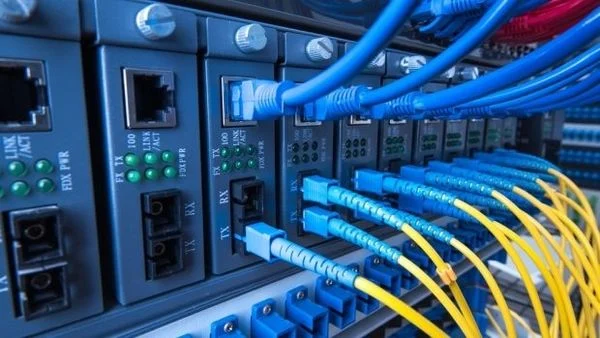Internet Server – This book covers the entire syllabus of “Computer & Information Technology” prescribed by the BNMC for B.Sc. in Nursing Science & Diploma in Nursing Science & Midwifery students. We tried to accommodate the latest information and topics.
This book is an examination setup according to the teachers’ lectures and examination questions. We hope in touch with the book students’ knowledge will be upgraded and flourished. The unique way of presentation may make your reading of the book a pleasurable experience.
Internet Server

Definition of Internet Server:
In computing, a server is a computer program or a device that provides functionality for other programs or devices, called “clients”. This architecture is called the client-server model, and a single overall computation is distributed across multiple processes or devices.
Or,
A Web server is a program that uses HTTP (Hypertext Transfer Protocol) to serve the files that form Web pages to users, in response to their requests, which are forwarded by their computers’ HTTP clients. Dedicated computers and appliances may be referred to as Web servers as well.
Or,
A server is a computer program that provides services to other computer programs (and their users) in the same or other computers. The computer that a server program runs in is also frequently referred to as a server. That machine may be a dedicated server or used for other purposes as well

Function of Internet Server:
- The client’s browser divides the URL into diff. parts dividing including address, path name and protocol.
The server is usually a high end PC - Servers provide network resources
- Server is not designed to be used
- DNS translates the domain name into the corresponding IP address the numeric combination represents the site’s true address on the internet.
- The server sends a GET request to the web server to retrieve the address it has been given. It verifies given address exists, finds necessary files, runs appropriate scripts exchanges cookies if necessary and returns back to the browser,
- The browser now converts the data into HTML and displays results to the user. If it does not locate it sends an error message to the browser and to the client.

Types of Server:
The table below lists the most common types of servers that are implemented on a network:
| Type | Description |
| 1. File server | Stores network users’ data files |
| 2. Print server | Manages the printers that are connected to the network and the printing of user documents on the network printers |
| 3. Communications server | Handles many common communications functions for the network, such as e-mail, fax, remote access, firewalls or Internet services |
| 4. Application server | Shares network-enabled versions of common application software and eliminates the need for software to be installed on each workstation |
| 5. Database server | Manages common databases for the network, handling all data storage, database management and requests for data |
| 6. Domain server | Authenticates and authorises computers and users to access resources within the logical domain |
Read more
